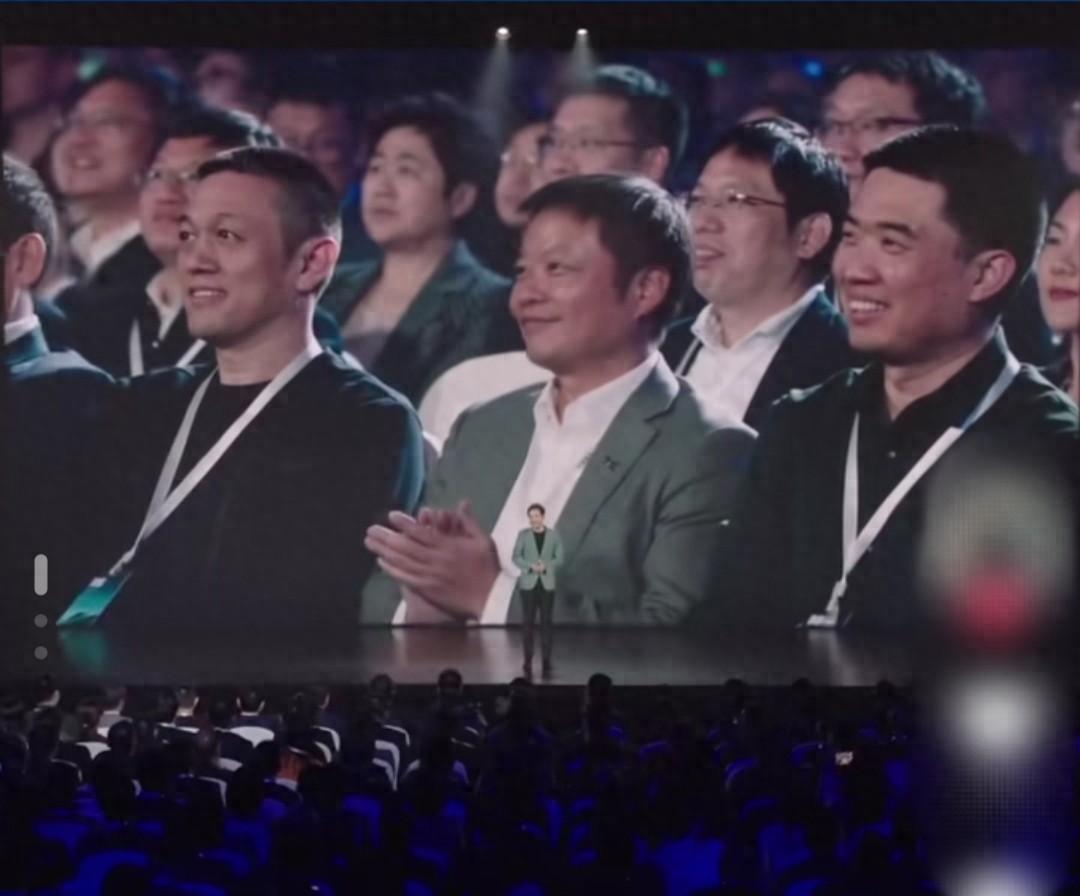Qualcomm Anmeng: Hybrid AI Processing Will Be the Next Transformation of Computing
The cost of generative AI search is 10 times that of traditional search, and it also faces high power consumption, as well as challenges in privacy, reliability, and performance.Recently, Qualcomm President and CEO Ammon published a signed article in Fortune magazine, outlining Qualcomm's vision for hybrid AI

The cost of generative AI search is 10 times that of traditional search, and it also faces high power consumption, as well as challenges in privacy, reliability, and performance.
Recently, Qualcomm President and CEO Ammon published a signed article in Fortune magazine, outlining Qualcomm's vision for hybrid AI. Hybrid AI can significantly reduce the costs of cloud hardware infrastructure, real estate, energy consumption, operations, and data transmission through distributed processing on cloud and edge terminals. In addition, hybrid AI will enhance privacy protection and improve reliability and performance.
In Anmeng's view, the innovation and development speed of generative AI is unprecedented, and this is only the beginning. The ways, scenarios, and reasons people use this technology will be very extensive, even beyond imagination. Preliminary estimates indicate that the market size of generative AI will reach $1 trillion.
Generative AI is not only expected to change the way people search and create content, but also improve their daily lives. With generative AI, smartphones can become true digital assistants, allowing users to naturally communicate and receive appropriate answers. PC users can use this technology to read or write emails, draft documents, and automatically create presentations. When driving a car, a conversational in car assistant can provide advice on charging the car, purchasing parking vouchers, or booking dinner on the way home. The AI service desk and smart shopping cart in the store can help consumers develop recipes based on weekly discounts, budget amounts, and family preferences.
In order to unleash the full potential of this technology and meet the growing demand, generative AI requires both the cloud and billions of connected terminals capable of high-performance AI computing at low power consumption, such as smartphones, PCs, and cars. This is hybrid AI. Hybrid AI computing architecture for distributed processing in the cloud and terminals can optimize efficiency and improve the overall user experience.
Generative AI processing can be run directly on the terminal side, sent on-demand to the cloud, or a combination of both - seamlessly implemented for users regardless of the approach taken.
Users expect an experience similar to traditional search, which is the ability to instantly display search results. To meet such expectations and ensure service quality, the cost of solely utilizing cloud processing is too high, especially during peak demand periods, making it difficult to achieve scale.
Data centers have high energy consumption and are expensive. It is estimated that the cost of each network search query based on generative AI is 10 times that of traditional search. Based on over 10 billion queries per day, the incremental cost per year may reach billions of dollars. Online search is just one of the many ways generative AI has revolutionized multiple industries.
In addition to cost, conducting all inference processing in the cloud also faces challenges in terms of privacy, reliability, and performance. When a request enters the cloud and data leaves the terminal, potential security issues arise. In fact, there have been cases where the model has been disabled or temporarily disabled due to regulatory and compliance issues such as collecting and storing personal data.
Because Anmeng believes that hybrid AI is unstoppable. As people continue to explore new ways to use generative AI, the demand for cloud infrastructure will surge. Hybrid AI processing will be the next transformation of computing, as we have seen evolving from mainframe to desktop, and now to the combination of cloud and terminals in our hands.
By utilizing the processing power of high-performance and low-power terminals, it will be possible to efficiently promote the large-scale expansion of generative AI. The cloud and terminals will work together to create the next generation of user experience through powerful, efficient, and highly optimized AI functions.
Disclaimer: The content of this article is sourced from the internet. The copyright of the text, images, and other materials belongs to the original author. The platform reprints the materials for the purpose of conveying more information. The content of the article is for reference and learning only, and should not be used for commercial purposes. If it infringes on your legitimate rights and interests, please contact us promptly and we will handle it as soon as possible! We respect copyright and are committed to protecting it. Thank you for sharing.(Email:[email protected])



















